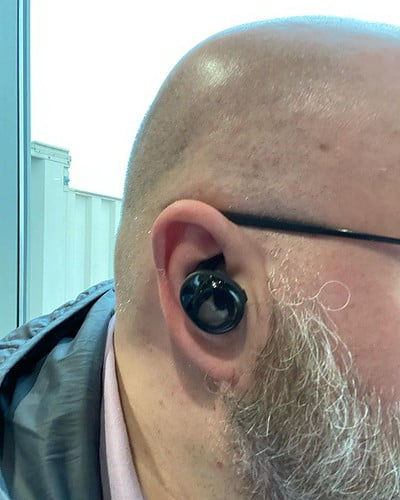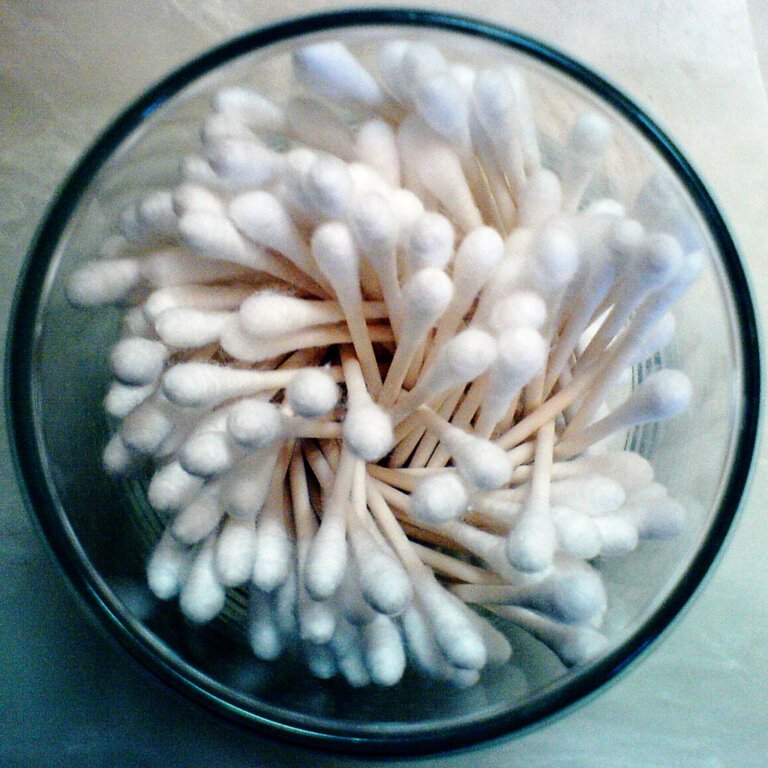Suction Precision: Understanding the Differences between Microsuction and Manual Instrument Ear Wax Removal
Last Updated on 25th April 2024 by Admin
When it comes to removing unwanted debris or substances from various surfaces, two common methods that are often employed are microsuction and manual suction. Both techniques offer their own unique advantages and disadvantages. In this article, we will delve deeper into the world of suction precision, exploring the key differences between microsuction and manual suction.
Microsuction
Microsuction is a highly specialized method of removing particles or substances from surfaces that require a delicate touch. It involves the use of a small suction device that is specifically designed to target and extract microscopic particles. This technique is often used in sensitive areas such as medical procedures, electronics manufacturing, and precision cleaning.
Microsuction offers several advantages over manual suction techniques. Let’s take a closer look:
Advantages of Microsuction:
-
Precision: One of the main benefits of microsuction is its ability to provide precise and targeted removal of particles. The small suction device allows for accurate extraction, ensuring that only the unwanted substances are removed while leaving the surface intact. This precision is particularly crucial in sensitive areas where even the slightest damage can have significant consequences.
-
Non-invasive: Microsuction is a non-invasive technique, making it ideal for delicate surfaces or objects that may be easily damaged by manual suction methods. The small size of the suction device minimizes the risk of surface damage, making it suitable for use on materials such as glass, electronics, and medical equipment.
-
Efficiency: With its specialized equipment, microsuction can remove particles more efficiently compared to manual methods. The small size and targeted suction power enable quick and effective removal of microscopic particles. This efficiency not only saves time but also reduces the effort required for the cleaning process.
Despite its advantages, microsuction does have some limitations that should be considered:
Disadvantages of Microsuction:
-
Limited Application: Microsuction is not suitable for large-scale clean-up or removal tasks. Its purpose mainly focuses on small and intricate areas where precision is essential. For larger areas or heavy debris, manual suction or other methods may be more appropriate.
-
Cost: The specialized equipment and expertise required for microsuction can make it a more costly option compared to manual suction techniques. The investment in the small suction device and the training of skilled personnel can contribute to higher costs. However, for tasks that require precision and delicate handling, the benefits may outweigh the additional expenses.
-
Skill Requirement: To ensure effective and safe removal, it is crucial to have skilled personnel who are trained in microsuction techniques. The intricate nature of the process requires careful handling and knowledge of the specific surfaces and substances involved. This level of expertise may not always be readily available, which can limit the practicality of microsuction in certain situations.
Manual Suction
Manual suction, as the name suggests, is the process of removing particles or substances from surfaces using manual tools such as suction cups, pumps, or vacuum cleaners. This method is versatile and can be employed in various settings, from household cleaning to industrial applications.
Let’s explore the advantages of manual suction:
Advantages of Manual Suction:
-
Versatility: Manual suction techniques can be used in a wide range of applications, making them a versatile choice for different cleaning tasks. From removing dust and debris from furniture and carpets to clearing clogged drains, manual suction tools can be adapted to various situations.
-
Cost-Effective: Manual suction methods generally require less investment in specialized equipment. The accessibility and affordability of manual tools, such as vacuum cleaners or suction cups, make manual suction a cost-effective option for many users. This affordability makes it an attractive choice for individuals or businesses with budget constraints.
-
Accessibility: Manual suction tools are widely available and can be easily operated by individuals with minimal training. Unlike microsuction, which requires specialized knowledge and skills, manual suction methods can be employed by anyone with basic instructions. This accessibility makes it a practical option for tasks that do not require intricate precision.
However, manual suction also has its drawbacks:
Disadvantages of Manual Suction:
-
Surface Damage: The use of manual suction tools can sometimes result in surface damage, particularly on delicate or sensitive materials. The pressure applied or the abrasive nature of certain tools may cause scratches, dents, or other forms of surface imperfections. It is important to consider the material and its vulnerability to damage before using manual suction methods.
-
Time and Effort: Manual suction techniques may require more time and effort compared to microsuction, especially for larger areas or heavy debris. The manual nature of the process means that it relies on the physical exertion of the user, which can be time-consuming and tiring, especially for extensive cleaning tasks.
-
Less Precision: Manual suction methods can be less precise compared to microsuction, as they may not effectively target microscopic particles. The larger size and general-purpose nature of manual suction tools make it difficult to achieve the same level of precision as microsuction. While manual suction may be suitable for general cleaning purposes, it may not be the best choice for tasks that demand high levels of accuracy.
Choosing the Right Method
When deciding between microsuction and manual suction, it is essential to consider the specific requirements of the task at hand. Here are some factors to consider when choosing the appropriate suction method:
-
Surface Sensitivity: If the surface or object is delicate or prone to damage, microsuction may be the preferred option due to its precision and non-invasive nature. For example, when cleaning intricate electronic components or delicate medical equipment, microsuction can provide the necessary level of care and accuracy.
-
Scale of Task: For smaller areas or intricate cleaning tasks, microsuction can offer greater efficiency and precision. The targeted nature of microsuction makes it ideal for removing microscopic particles in hard-to-reach areas. However, in larger-scale clean-up or debris removal, manual suction may be more suitable. The broader coverage and higher capacity of manual suction tools make them more effective for larger areas.
-
Budget: Microsuction can be more costly due to the specialized equipment and expertise required. The investment in microsuction tools and the training of skilled personnel can add to the overall cost. On the other hand, manual suction is generally more budget-friendly. The affordability of manual tools and their widespread availability make them a cost-effective option for many users.
-
Skill Level: Microsuction techniques require trained personnel with the necessary skills and expertise. If you do not have access to such individuals, manual suction may be a more accessible option. Manual suction tools can be operated by individuals with minimal training, making them suitable for tasks that do not require specialized knowledge.
In conclusion, microsuction and manual suction are two distinct methods that offer different advantages and disadvantages. By understanding the key differences and factors to consider, you can make an informed decision when choosing the appropriate suction method for your specific needs. Whether it’s precision cleaning in a medical setting or removing debris from your home, selecting the right technique is crucial for achieving optimal results.
1. What is microsuction and what are its advantages?
Microsuction is a specialized method of removing particles from surfaces with a small suction device. Its advantages include precision removal, non-invasiveness, and efficient cleaning.
2. What are the disadvantages of microsuction?
Microsuction has limitations such as limited application for large-scale tasks, higher cost due to specialized equipment, and the need for skilled personnel.
3. What is manual suction and what are its advantages?
Manual suction is the process of using manual tools like suction cups or vacuum cleaners to remove particles. Its advantages include versatility, cost-effectiveness, and accessibility.
4. What are the drawbacks of manual suction?
Manual suction may cause surface damage, require more time and effort for extensive tasks, and lack the precision of microsuction for targeting microscopic particles.







